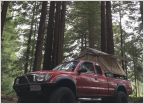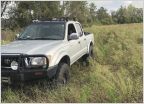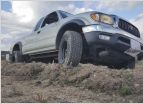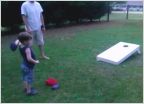-
Welcome to Tacoma World!
You are currently viewing as a guest! To get full-access, you need to register for a FREE account.
As a registered member, you’ll be able to:- Participate in all Tacoma discussion topics
- Communicate privately with other Tacoma owners from around the world
- Post your own photos in our Members Gallery
- Access all special features of the site
BimmerTim's Tacoma Build (tdi swap) and Trip Reports
Discussion in '1st Gen. Builds (1995-2004)' started by bimmertim, Sep 1, 2020.
Page 3 of 5
Page 3 of 5


 02 4banger Build
02 4banger Build Kooks Mid Travel DC Build and BS Thread
Kooks Mid Travel DC Build and BS Thread Shabuties DCSB (re)build
Shabuties DCSB (re)build NeonTaco's build log
NeonTaco's build log First Gen Rehab - Saved from the ashes
First Gen Rehab - Saved from the ashes W00dy's 2003 DoubleCab aka The driveway queen
W00dy's 2003 DoubleCab aka The driveway queen


